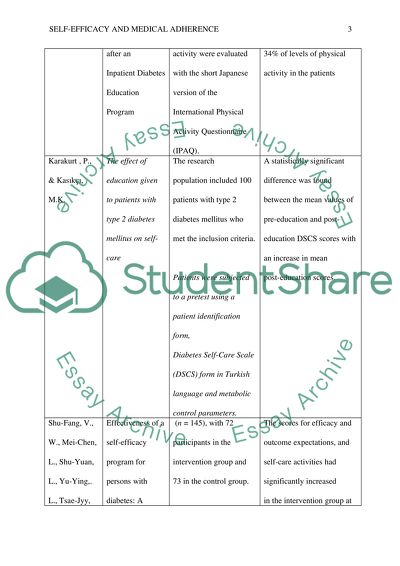Cite this document
(“Self-efficacy, Adherence and Education program Assignment”, n.d.)
Self-efficacy, Adherence and Education program Assignment. Retrieved from https://studentshare.org/nursing/1687555-self-efficacy-adherence-and-education-program
Self-efficacy, Adherence and Education program Assignment. Retrieved from https://studentshare.org/nursing/1687555-self-efficacy-adherence-and-education-program
(Self-Efficacy, Adherence and Education Program Assignment)
Self-Efficacy, Adherence and Education Program Assignment. https://studentshare.org/nursing/1687555-self-efficacy-adherence-and-education-program.
Self-Efficacy, Adherence and Education Program Assignment. https://studentshare.org/nursing/1687555-self-efficacy-adherence-and-education-program.
“Self-Efficacy, Adherence and Education Program Assignment”, n.d. https://studentshare.org/nursing/1687555-self-efficacy-adherence-and-education-program.


